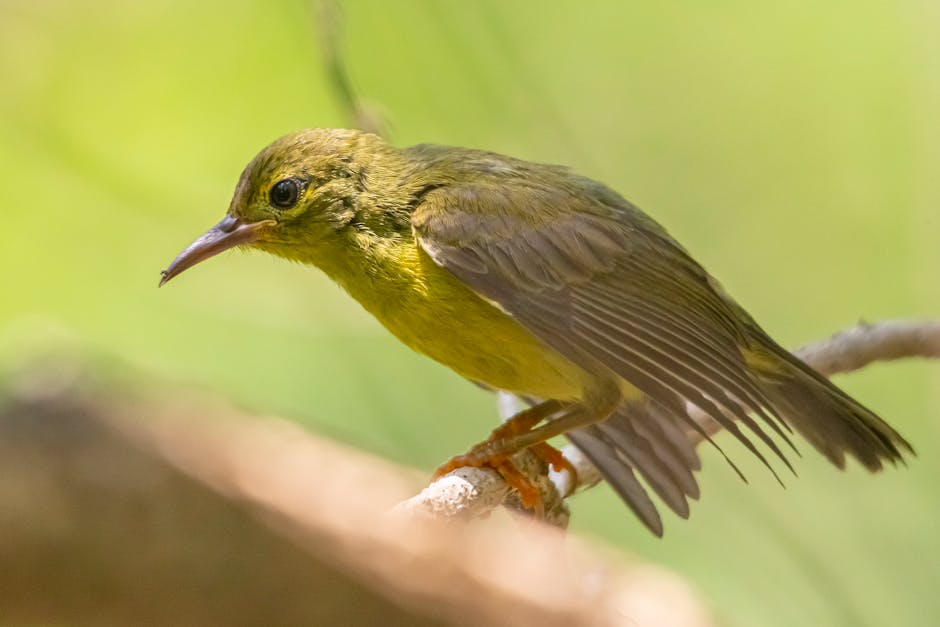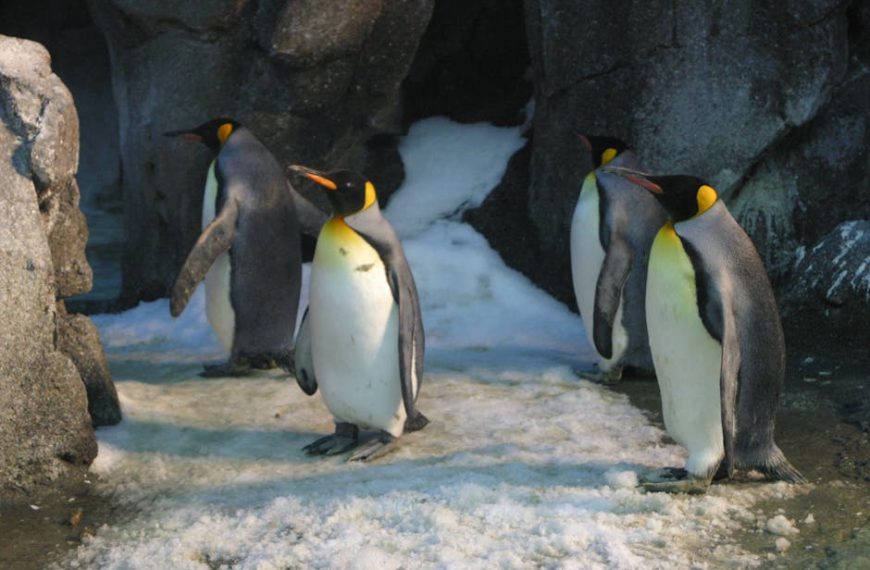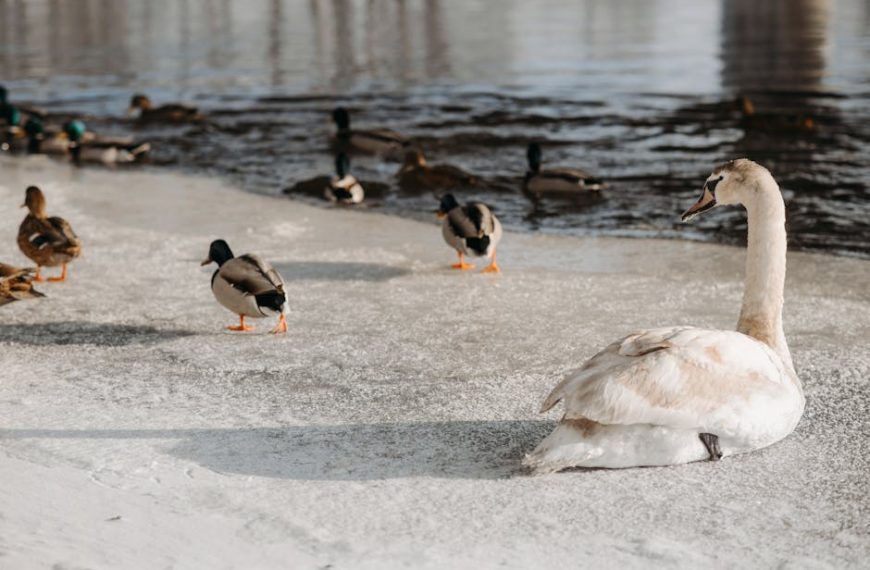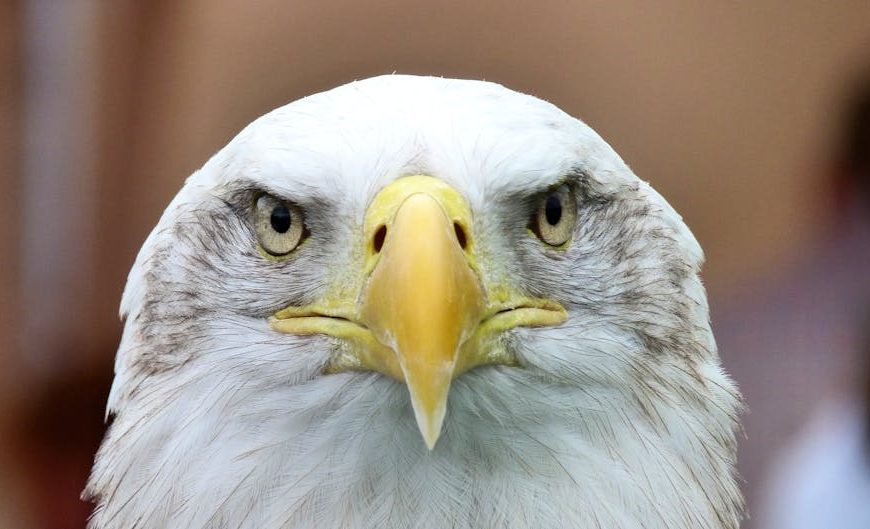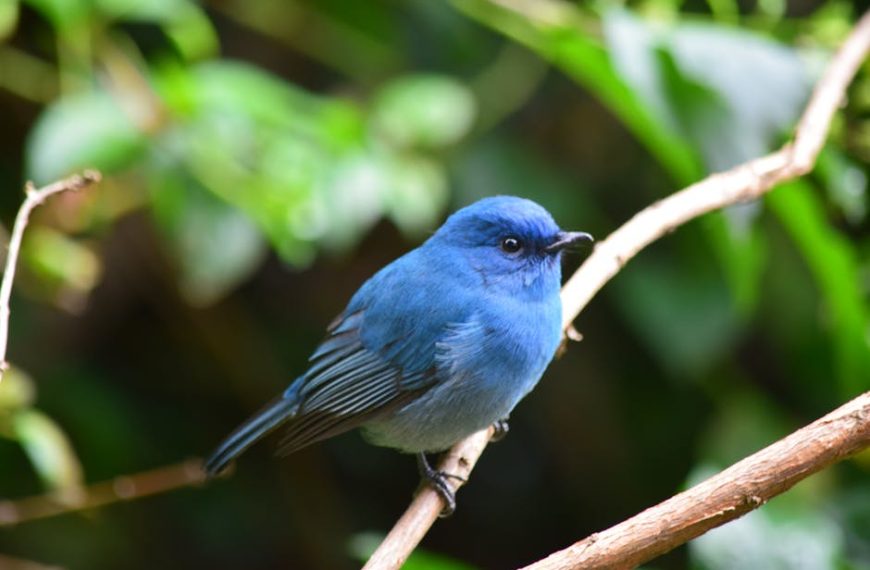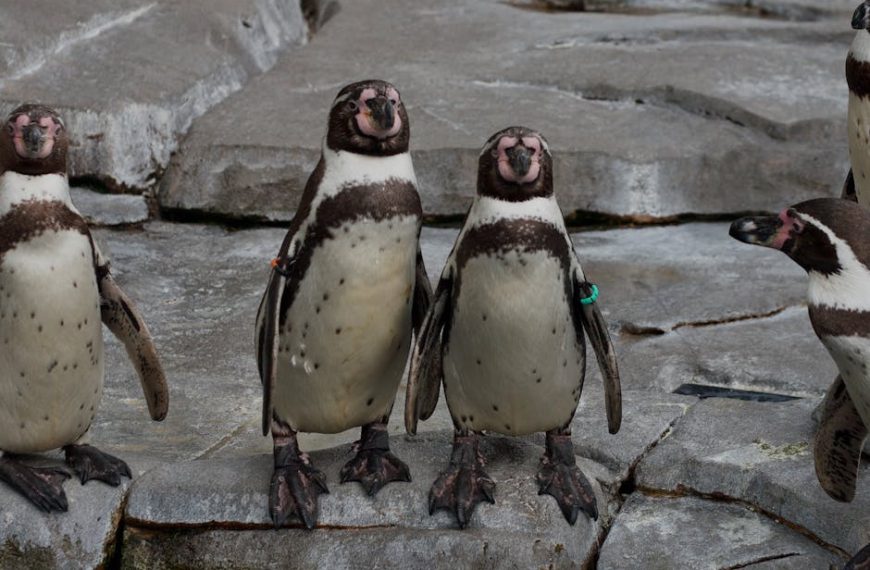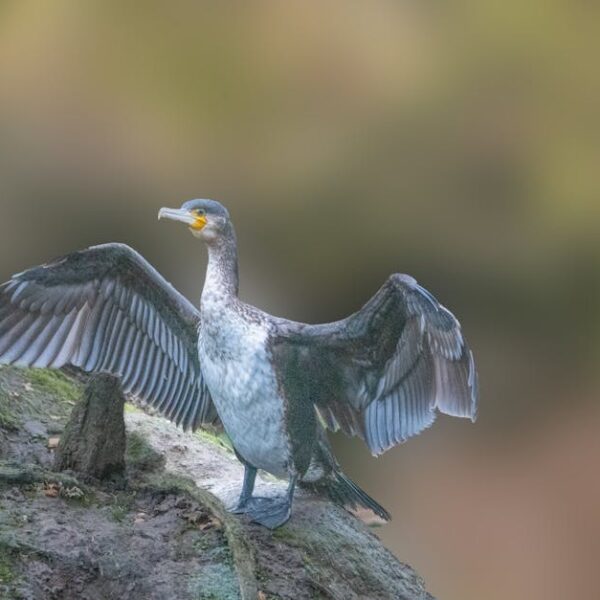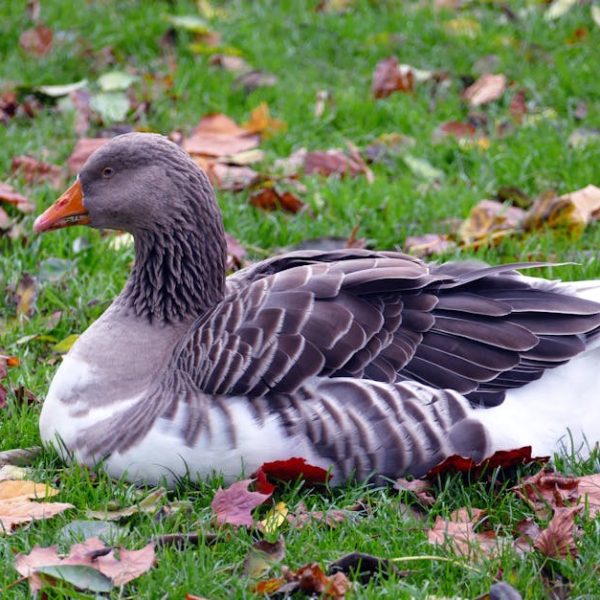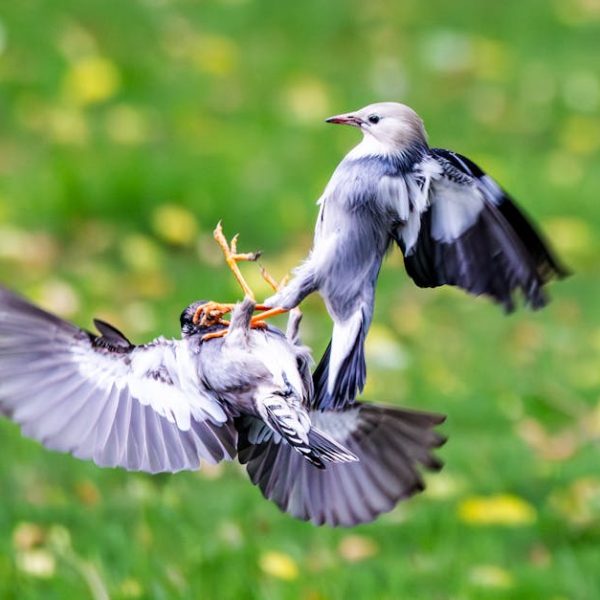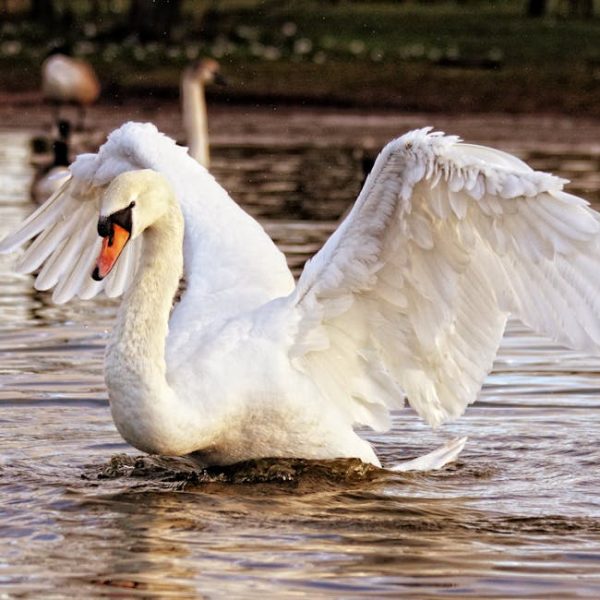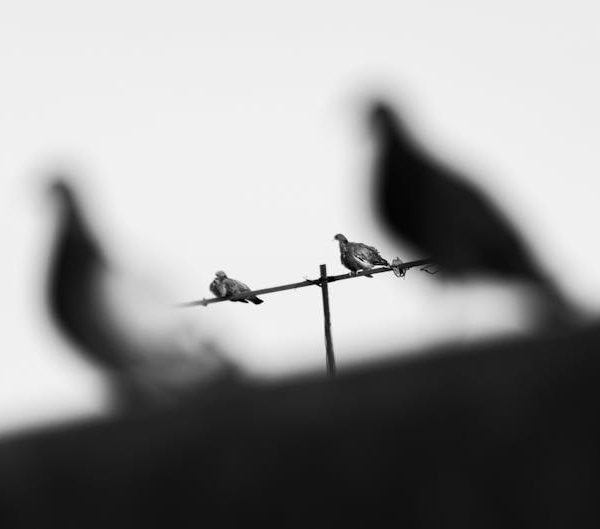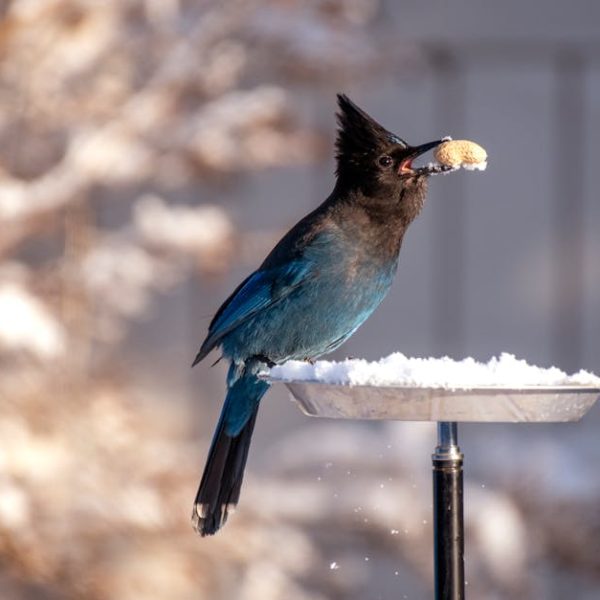Have you ever observed birds and wondered why they frequently engage in a peculiar head shaking behavior? Often, their rapid, seemingly convulsive movements spark questions and curiosity among birdwatchers and enthusiasts. As it turns out, this motion is a common behavior across many avian species and comes with a wide array of explanations. This behavior responds to various stimuli, from basic physical irritation to more complex social communication. In some cases, it might even be a signal of health issues.
Common Reasons for Bird Head Shaking
Before anyone can decipher why birds shake their heads, it is crucial to understand that the reasons behind the movement are often multifaceted and species-specific. Here are the five most common reasons:
- External Irritants: Just like humans, birds can get irked by external factors like dust, wind, or insects. A shake of the head is their way of brushing off such annoyances.
- Feeding and Drinking: Birds, especially seed-eating ones, often shake their heads to dislodge husks from seeds and facilitate swallowing. Similarly, water dripping off a bird’s beak while drinking may also trigger a shake.
- Self-grooming: Birds routinely preen their feathers to keep them clean and in good condition. In this process, a head shake helps remove loose feathers or excess preen oil.
- Social Interaction: Birds use their body language, including head shaking, for nonverbal communication with other birds. This can include signaling aggression, courtship intentions, or a warning sign to intruders.
- Discomfort: Birds may shake their heads because of discomfort caused by parasites, disease or an injury.
While ornithologists continue to study these behaviors, additional dimensions of bird communication and health might still be revealed.
Anatomical Factors Influencing Head Shake
The anatomy of birds greatly influences the type and frequency of their head shaking. Predominantly, the structure of their necks, the shape of their beaks, and the positioning of their eyes play significant roles.
- Bird Neck Flexibility: Birds have an exceptional range of motion in their necks, with some species capable of rotating their heads up to 270 degrees. This makes head shaking an easily executed movement.
- Beak Shape: The design of a bird’s beak may require them to shake their heads during feeding, especially for species with longer or specialized beaks.
- Eye Positioning: Birds lack the ability to move their eyes inside their sockets like humans. This limited mobility can cause birds to shake their heads for a better view of their surroundings.
As you admire birds, you can apply this knowledge to better understand their behaviors. Remember, the shaking of heads isn’t as random as it seems, but a complex mix of natural instincts and biological necessities. Whether it’s a pigeon bobbing its head while strolling around a park or an eagle shaking off water after a dive, there’s always a fascinating story behind those shakes.
When Head Shaking Signals Health Issues
While the wiggle of a head can be a routine occurrence, sometimes it might represent a more significant problem: a potential health issue. Here’s what you need to pay attention to:
- Change in Frequency: If a bird suddenly begins to shake its head more often than usual, it might be due to an underlying ailment.
- Visible Distress: Continuous head shaking along with obvious discomfort such as squawking or failure to maintain balance could indicate health issues.
- Abnormal Discharges: When accompanied by nasal or oral discharges, head shaking could be a sign of a respiratory infection.
- Other Behavioral Changes: Changes in their eating habits, disinterest in social interaction, or an altered sleeping pattern may indicate ill-health.
With these clues, you might be able to differentiate between ordinary head shaking and what constitutes a cause for alarm. Suppose these signs persist or increase in frequency or intensity. In that case, it’s prudent to get professional help from a vet or a bird specialist immediately.
Head shaking as Communication Among Birds
Not all bird activities are tied to physical sensations. Some are significant parts of their social interaction. Birds use an array of body movements to communicate, and a shake of the head is no exception. It’s their way of “talking” with each other.
- Aggression: If a bird shakes its head rapidly and widens its eyes, it may be expressing aggression or even territoriality.
- Courtship: In some species, males shake their heads as part of courtship. The head shake helps to capture the potential mate’s attention.
- Warning Signs: Head shaking can also serve as a distress signal to warn off fellow birds in case of danger.
Understanding these signals can offer a deeper insight into bird behavior and enrich your bird-watching experience.
Head Shaking and Bird Species
No two bird species are exactly alike, and this difference extends to their behaviors, head shaking included. Let’s explore how head shaking varies across bird kinds:
- Parrots: Known for their playful antics, parrots often shake their heads during play or to show excitement. However, increased head shaking accompanied by plucking or scratching excessively could indicate mites.
- Pigeons: Pigeons commonly bob their head while walking, this rhythmic movement helps them stabilize their vision. However, frequent and non-rhythmic head shaking could imply distress or health issues.
- Chickens: Chickens tend to shake their heads often to clean their beaks after feeding. Nonetheless, signs like loss of balance or unusual discharges can hint at health problems.
From parakeets to owls, birds are diverse in their behaviors and reactions. Gaining a grasp of species-specific nuances create a more well-rounded understanding of our feathered friends.
In conclusion, bird head shaking is more complex than meets the eyes. By understanding the possible reasons behind their head shakes, you can better empathize with these fascinating creatures and enrich your bird-watching experience.
Key Takeaway:
- Birds shake their heads for many reasons, including to get rid of external irritants, during feeding and drinking, for self-grooming, during social interaction, and due to discomfort.
- Bird anatomy like neck flexibility, beak shape, and eye position play a significant role in their head shaking behavior.
- Head shaking may indicate health problems in birds such as parasitic infections, respiratory issues, or neurological disorders.
- Birds use head shaking as a form of nonverbal communication.
- Head shaking behaviors can vary significantly across different bird species due to different anatomical structures and behaviours.
Birds are intelligent creatures with a rich variety of behaviors, which include head shaking. Understanding these behaviors means understanding the bird itself. The next time you notice a bird shaking its head, remember – it’s not just a random movement, but part of the bird’s complex communication and survival mechanisms. So, keep observing, keep learning, and continue to enjoy the beautiful world of birds.
FAQs
Q: Do all bird species shake their heads?
A: While head shaking is a common behavior among many bird species, the reasons and frequency of head shaking can vary significantly from one species to another.
Q: Can bird head shaking be dangerous?
A: Not generally. However, frequent or intense head shaking, especially when it is accompanied by other unusual behaviors or symptoms, may indicate a health problem in the bird.
Q: Why do birds shake their heads while eating?
A: Some birds, especially those that eat seeds, often shake their heads to dislodge the husks from seeds. Birds may also shake their head to facilitate swallowing.
Q: How can I tell if a bird’s head shaking is a sign of illness?
A: Observe if the bird’s head shaking is more frequent than usual, if it shows signs of distress or imbalance, abnormal discharges, or other behavioral changes. If any of these signs persist, it’s best to consult with a vet or bird specialist.
Q: Is head shaking a form of communication among birds?
A: Yes, birds often use body language, including head shaking, as a form of nonverbal communication. This can include signaling aggression, courtship intentions, or warning signs to other birds.
Feel free to share this article with others who may find it helpful. Be sure to check out our other posts for more insights into the fascinating world of birds.
